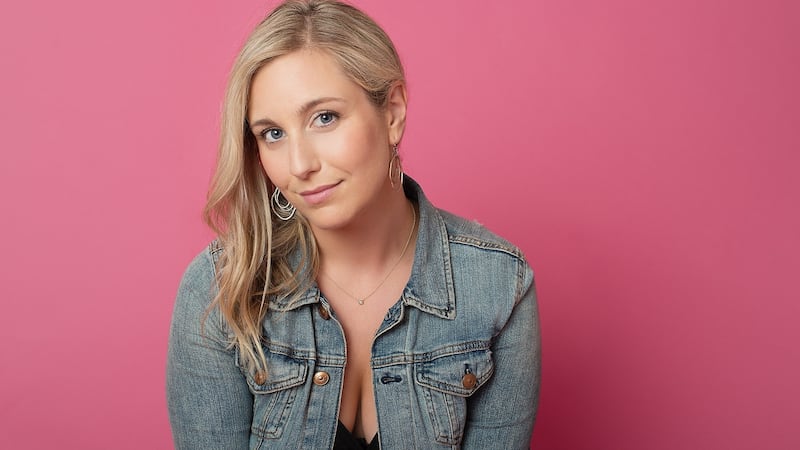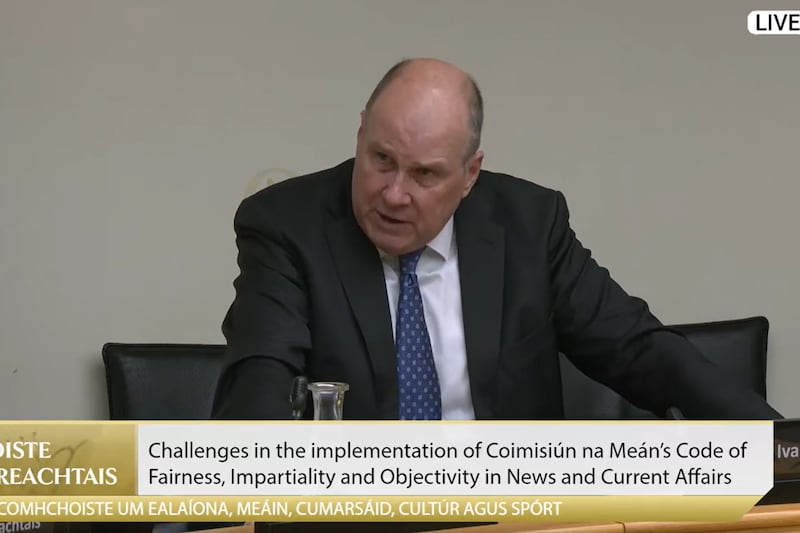I wish that Laura Thomas’s book, Just Eat It: How Intuitive Eating Can Help You Get Your Shit Together Around Food, and the concept of intuitive eating had been around when I was a teenager, heading backside-first into adulthood with a skewed relationship with food and my own body. I certainly was not – and am not – the only one.
Without any real thought to health, or what healthy bodies actually look like, we pronounce some foods as “good” and “clean”, and others as “dirty” or “bad”. We feel guilty for consuming anything rich in fats or sugars, and engage in combative relationships with our own bodies. We deny them dinner because we had chips at lunchtime, track every calorie in apps, or the opposite, try to ignore our hunger all day, then get home and faceplant into an enormous pizza, eating far beyond physical comfort and then wallowing in self-disgust.
Thomas's intuitive eating method rejects dieting outright, and promotes trust in our innate ability to feed our bodies in the way that they need
Thomas, who has a PhD in nutritional sciences, wrote Just Eat It because of what she was hearing from clients at her London clinic. What she saw over and over again were strung out, exhausted people for whom what, when and how they eat is a source of incredible personal unhappiness. Yes, she encounters the eating disorders we all know by name, but even more common is disordered eating, to which most of us are prone.
Taking emotion out of eating
I visit Thomas’s clinic in a trendy work collective in East London, already beginning to outgrow its space. Her office is bright and peaceful; I observe a bowl of sweets on the coffee table, and note that this is not like the offices of most nutrition or wellness experts, in which you would be lucky to be able to tell the difference between a bowl of protein bites and slightly aged rabbit droppings. But then, Thomas is on a mission to take the emotion out of food and place it back with the person eating it. Her intuitive eating method rejects dieting outright, and promotes trust in our innate ability to feed our bodies in the way that they need.
When I sit down with Thomas – a tremendously warm, softly spoken Scot who embodies the same reassuring balance of kindness and no-nonsense shrewdness voiced in the book – she tells me about several means by which we might recognise the signs of disordered eating.
“A quick litmus test – sometimes I ask my clients to imagine the outline of a brain,” she says. “And then I ask them to colour in what proportion of that brain is dedicated to thinking about food, exercise, body image, and eating or nutrition. Is that taking up a significant space in your brain, or is the diagram representative of all of your interests, all of your skills, all of the other things that go into making a meaningful life?”

Intuitive eating is widely misunderstood as encouraging people to eat whatever they want, and thus normalising behaviours that promote poor health. However, Thomas strikes an extraordinarily difficult balance in her tone and approach. Always, she promotes self-compassion paired with rigorous self-reflection: “What I see in my clients is that we often have this preoccupation with food and body image as a sort of coping mechanism for things that are difficult in our lives.
“Where some people might turn to drugs, alcohol, gambling or shopping, oftentimes we use dieting and nutrition or body-image hang-ups as our way of dealing with things that are quite messy around us. We put all of our focus and our intention into that, when actually that’s just kind of putting a band-aid on a bigger problem.”
Finding the solution
While intuitive eating does put forth the maxim that we should eat what we want, it grounds that maxim in thinking carefully about our relationship with food, about why we are eating something, and about why we are eating it in a particular quantity. Far from a “diet”, which Thomas won’t countenance, intuitive eating is an honest, self-analytical approach which aims to identify disordered behaviours by giving people the means to understand why they have a messed-up relationship with food.
The knowledge changes things, Thomas says, and allows those who engage in disordered eating to think differently about what they eat and why. Improved health tends to follow naturally, because unhealthy eating practices – like restricting, bingeing and serial dieting – are no longer seen as solutions to the underlying problem .

Thomas maintains that bad advice, bad habits and bad attitudes skew our inherent ability to naturally regulate our own appetites in the way we all naturally do as small children. “No kid is born feeling guilty about feeding their body. We have this ability innately to eat without associated negative feelings or disordered behaviours.”
When we lose that, she says, “Chances are it might be to do with the nuclear family, but then there’s this bigger piece of the socio-cultural climate that we are in, which normalises disordered behaviours around eating.”
Hunger, Thomas argues, is just hunger, recognisable by “shifts in mood, shifts in energy, as well as that physical sensation in your stomach”. The solution to it is feeding oneself. “I see a lot of clients trying to resist and not give in to their cravings, which is actually counterproductive, because they just build and build, and then escalate… Not only do you end up eating the thing you were trying to resist in the first place, you probably eat way more of it than is comfortable.
“You eat it with such an intensity that it feels compulsive and out of control, and then you layer on all of the associations of guilt and shame and self-criticism – ‘I’ve got no will power, I’m a bad person’ – all of that type of moralisation. This, instead of just cutting out the BS, eating the food that is satisfying and tastes good to you, eating an amount that feels appropriate and comfortable for your body, and then just moving on with your day.”
Thomas maintains that we don’t need to fight with our bodies, but treat them more compassionately. Just Eat It is a game-changing read for anyone caught in an emotionally charged relationship with food and their body.

















